
Pyrgi is a picturesque medieval village on the island of Chios, known as the “painted village” thanks to the unique facade of the stone houses, which mostly consist of stunning grey and white decorative motives in geometrical shapes. Today, more than 1,200 inhabitants live in Pyrgi, most of whom are engaged in the production of the famous mastic and agriculture.
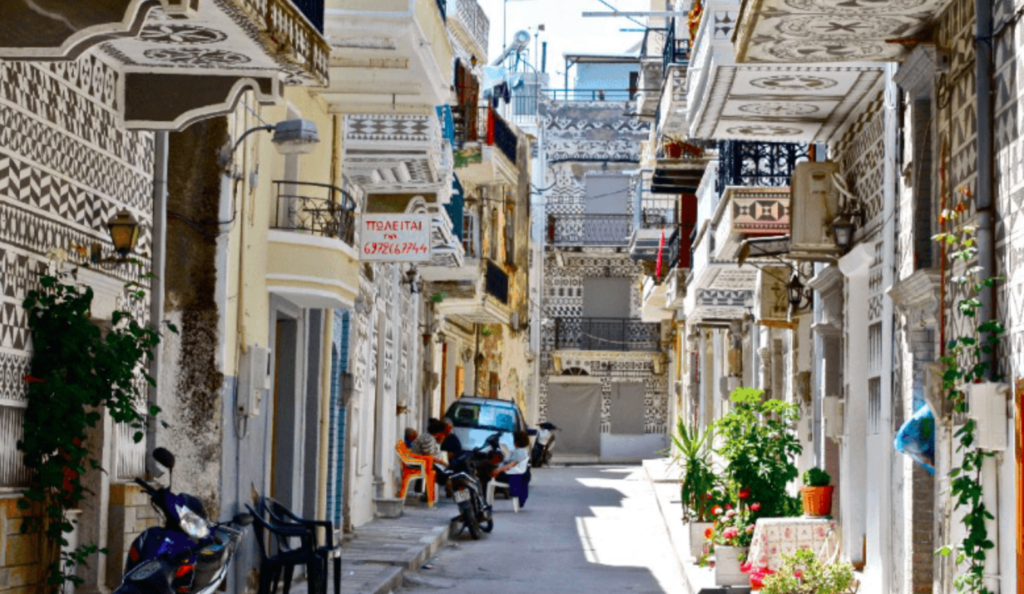
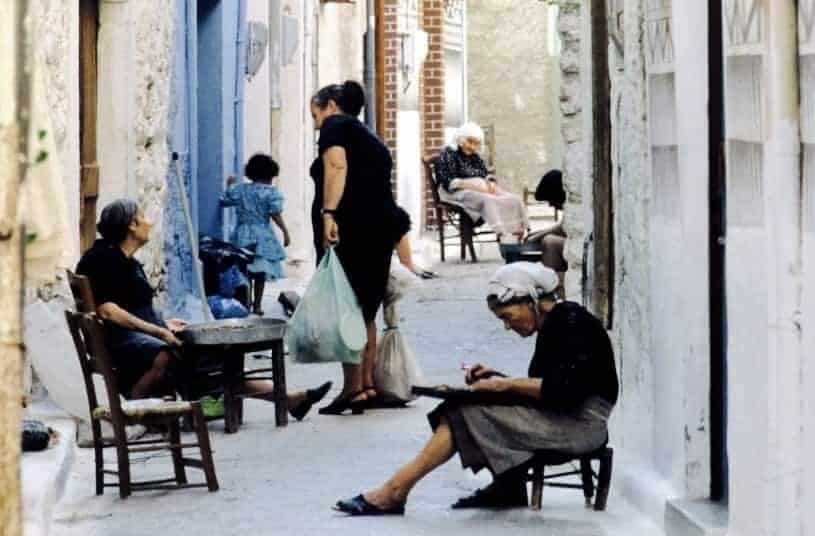
It’s one of the biggest villages in Chios, located in the south part of the island, 25 km south of the island’s capital. It is the traditional seat of the Mastichochoria (Mastic Villages), a group of villages where the residents engage with mastic agriculture. These villages have been added in the representative List of the Intangible Cultural Heritage of Humanity of UNESCO.
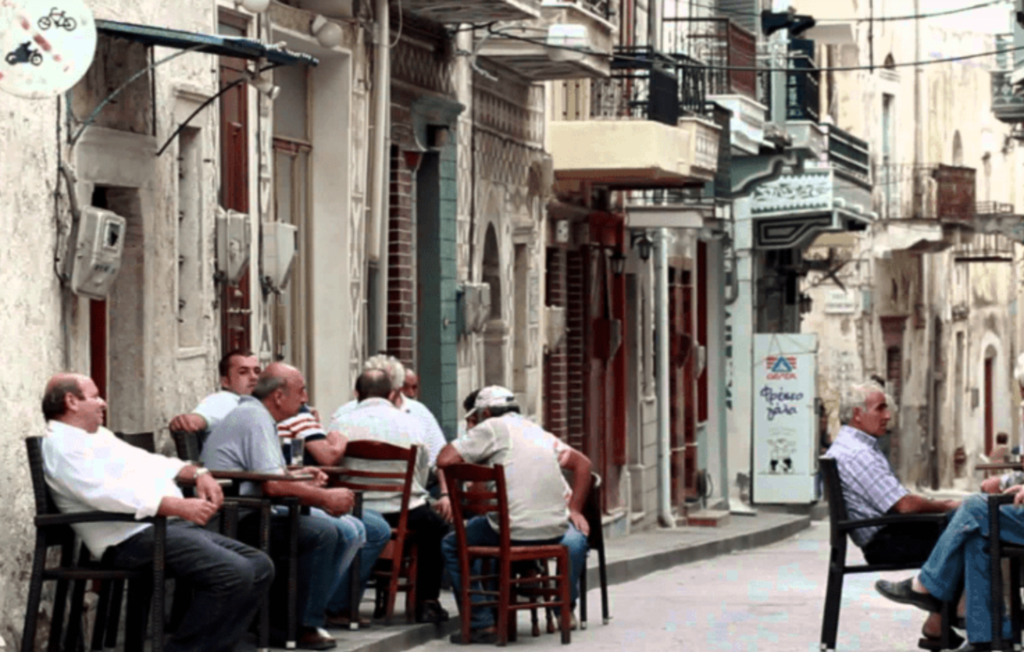

The settlement’s roads are narrow and covered with arches or vaults. In the middle of the village there is a tower with a height of 18 meters. Around it, there are walls with four towers in the corners. In the village, there are three old churches, Agioi Apostoloi (the older church, built probably during 15th century), Koimisis Theotokou and Taxiarchis. The village really stands out from the other mastic villages due to its original facade. The decorative motives in the facade of the houses are called Xysta.
It is believed the village was built before 10th century and it gathered population from different villages, whose residents settled in Pyrgi to avoid the pirates’ raids. It is mentioned in documents of the 11th, 14th and 15th centuries. The village didn’t suffer damage from the earthquake of 1881 and so that is how it keeps its medieval style.
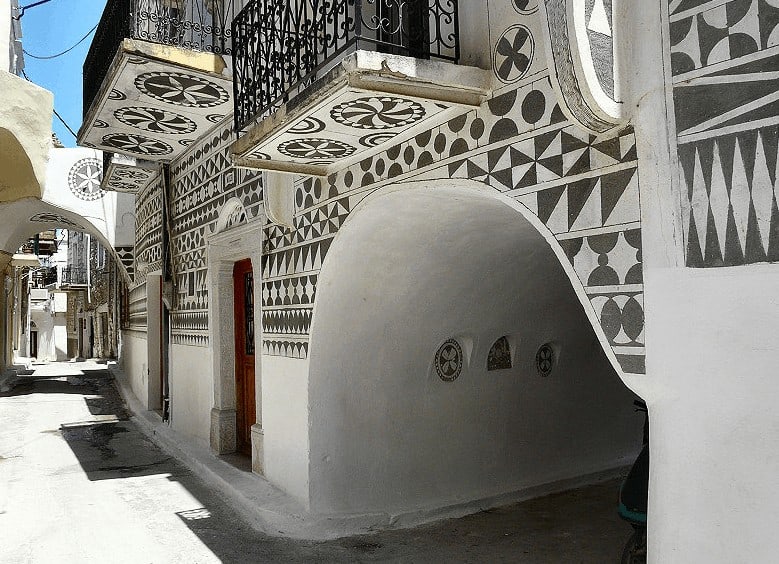
The look of the houses is influenced by Italian architecture, when Chios was under the occupation of the Franks. Like in the other medieval villages of the island, the stone houses of Pyrgi are built close to each other, forming a defensive wall. Narrow stone-paved streets, churches, unique architecture and balconies full of flowers and sun-dried tomatoes, make up the magical scenery of the village.
According to some historians, Christopher Columbus was the descendant of a Genoese family from Pyrgi, others have shown that he was stationed in Chios before he set off across the Atlantic. In any case, he did live in Chios, and indeed in Pyrgi, for a time, and the locals can point out his house.
The name Kolombos is etched onto the lintels above many houses in Pyrgi – a priest by that name traces the origins of his family back 600 years, while Christopher Columbus is said to have written a letter to the Queen of Spain about mastiha. There are even some scholars who maintain that one motive for his world-changing voyage was to discover another source of this valuable product.
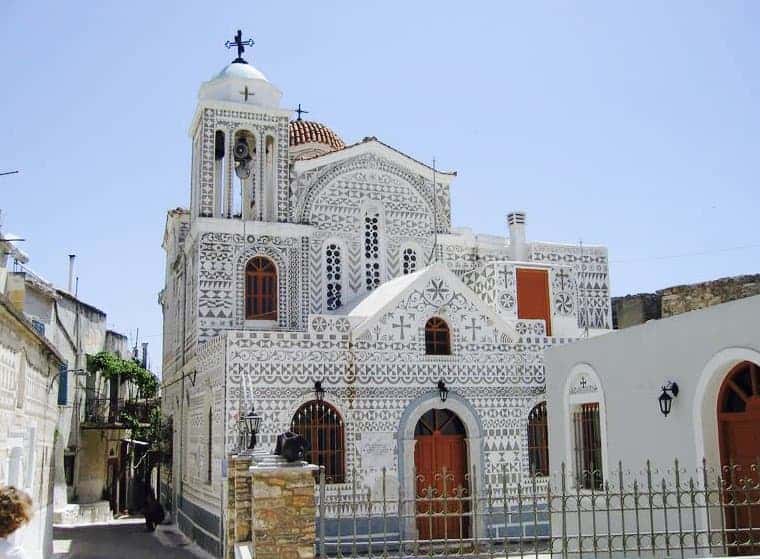

When the Ottomans seized the island in 1566, they considered the Mastiha Villages so important that they granted them special privileges. They even gave Pyrgi extraordinary status with administrative autonomy answerable directly to the Sublime Porte, under the protection of the Valide Sultana (the Sultan’s mother).
Although this beautiful village is known because of the large amounts of mastic it produces, locals are also involved with horticulture, tourism and there is even a Women’s Handicraft Society.

